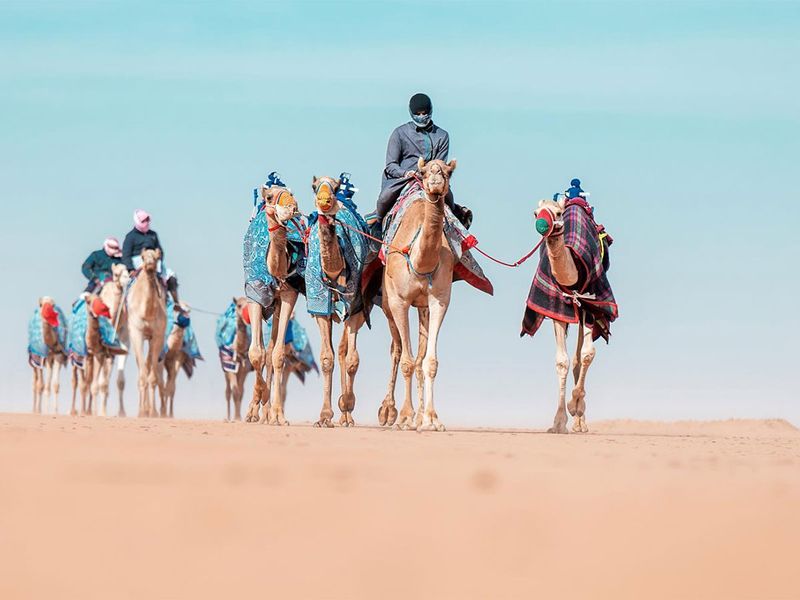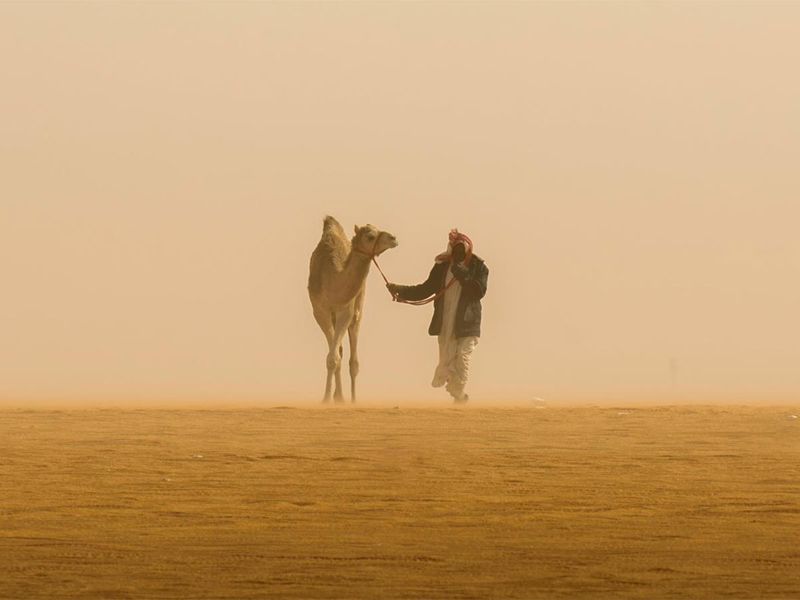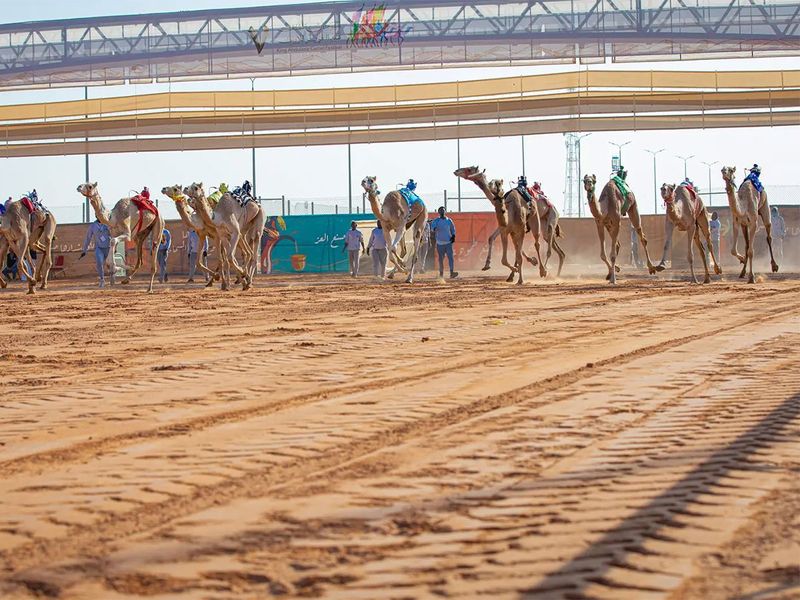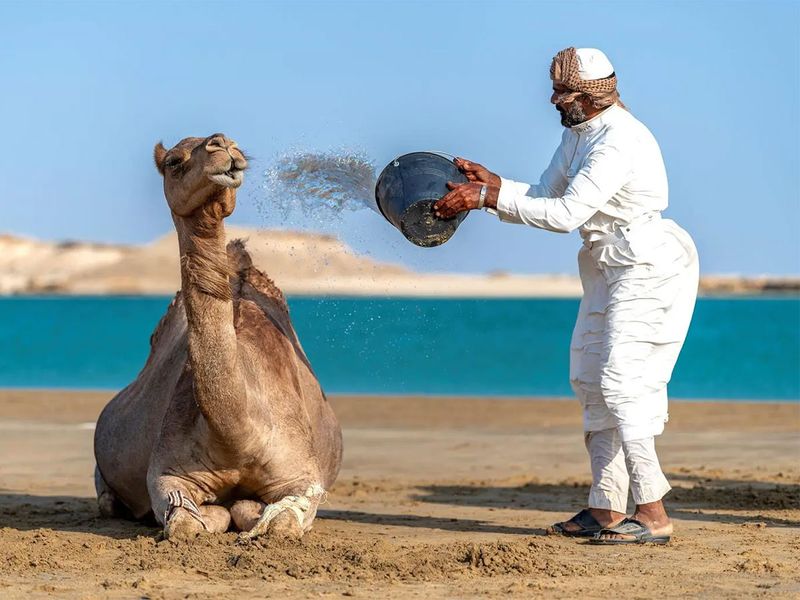1 of 6

2 of 6

3 of 6

4 of 6

5 of 6

6 of 6

Camels hold a unique place in Arab society and even more so in the Saudi society





